When we talk about speakers, we will notice the words " Ohm " on the speaker's information. But do you know what Ohm is and how it does not affect the audio system?
In this post, we will compare the 8 Ohm and the 4 Ohm speaker. We will compare them and the elements that will affect their performance.
Furthermore, we will discuss the impedance matching issue and why the impedance is so important. Hope you will be clear about the Ohm and will choose the correct speakers for your home audio system.
Explanation for Speaker Impedance
The electrical resistance of a speaker to the current passing through it is measured by speaker impedance. It is denoted by the symbol " Ω " and it is measured in Ohms.
A speaker with a lower impedance, then the speaker will need more current from the amplifier. On the other hand, if the speaker has a higher impedance, it needs less current from the amplifier you connected. To keep the audio system running correctly and smoothly, speaker impedance is important.
Speaker impedance range covers from 1 ohm to hundreds of ohms, with the majority of speakers in your home being 4 ohms or 8 ohms. However, it is critical to understand that the lower the ohm rating, the more power is required to magnify it.
In general, the speaker impedance acts more like a load, such as bricks. If the load is heavier, then it will be more difficult to raise. As a result, the speaker impedance is very low, it will create a high load that is too difficult to amplify. Comparatively, attempting to amplify high impedance is easy and needs less power because they are lighter or represent a lower load than low impedance.
Why Speaker Impedance is Critical
Here are several reasons about why speaker impedance is important:
Amplifier Power:
Speaker impedance is critical for matching with the output impedance of the amplifier. In general, the speaker's impedance should equal the amplifier's output impedance. If they don't match, inefficient power transfer can occur, potentially damaging the amplifier or speaker.
Connecting a low-impedance speaker to an amplifier meant for higher-impedance speakers, for example, may cause the amplifier to overheat or give inadequate power to drive the speaker.
Amplifiers are intended to perform best within a specific impedance range. When the speaker's impedance meets the amplifier's recommended impedance, power may be sent to the speaker efficiently.
This means that you get the most power from a particular amplifier, which results in higher sound quality and volume.
Amplifier Compatibility:
As previously stated, it is critical to match the impedance of the speaker to the specified impedance range of the amplifier.
Many amplifiers indicate an allowable range of speaker impedance. Using a speaker in this range ensures that the amplifier and speaker perform efficiently together, avoiding overloading or under-powering difficulties.
Some amplifiers include built-in safeguards that may activate if the speaker impedance is too low or too high. These safeguards protect the amplifier from potential damage caused by impedance mismatches.
Sound Quality:
To ensure the sound quality, it is necessary to match the correct impedance between speakers and amplifiers. If you matched the wrong impedance, the sound quality will be weaker.
Speaker Efficiency:
Impedance matching between speakers and amplifiers can maximize the power transfer efficiency. After the speaker impedance matches the amplifier;s output impedance, this audio system will transfer electrical power more efficiently into acoustic power. This means that larger sound levels may be achieved with less electricity, making the system more energy-efficient.
Necessity For Matching Correct Impedance
Matching the correct impedance is critical for various reasons, especially when using the 4 Ohm speaker. For starters, it guarantees that your audio system operates safely and efficiently.
If you connect the 4 Ohm speaker to an amplifier that isn't meant for it, you risk overloading the amplifier and maybe damaging it. Connecting an 8-ohm speaker to an amplifier designed for a 4-ohm load, on the other hand, may result in insufficient power delivery and poor performance.
Second, impedance matching has a direct effect on sound quality. When you match the impedance of the speaker to the requirements of the amplifier, you get a more balanced frequency response and precise audio reproduction. Misalignments can cause distortion and unequal sound distribution.
Third, there is a concern about efficiency. Using a 4 Ohm speaker with a 4-ohm amplifier improves power transfer, allowing you to achieve the highest volume and clarity without straining or wasting energy.
Difference Between the 8 Ohm and the 4 Ohm Speaker
The fundamental distinction between the 8 ohm and the 4 ohm speaker is their electrical resistance, often known as impedance. Impedance is the amount of resistance a speaker provides to the flow of electrical current from an amplifier. Here's a side-by-side comparison of the 8 ohm and the 4 ohm speaker.
Electrical Resistance:
A 4 ohm speaker has less electrical resistance than an 8 ohm speaker. This means that it provides additional resistance to the electrical current running through it.
Amplifier Compatibility:
The 8 ohm speaker is more widespread and works with a larger range of amplifiers. They are frequently the default option for home audio systems.
The 4 ohm speaker necessitates amplifiers that can handle lower-impedance loads. Using a 4 ohm speaker with an amplifier that was not meant for it may result in overheating or possibly amplifier damage.
Power Handling:
The 4 ohm speaker has a higher power handling capacity than the 8 ohm speaker. When used in conjunction with an appropriate amplifier, they have the ability to produce higher sound volumes with less distortion.
Efficiency:
The 4 ohm speaker is more efficient at converting electrical power into sound, resulting in a higher output for the same input power. However, depending on the specific speaker design, its efficiency can vary.
Heat Dissipation:
Because of the greater current flow, 4-ohm speakers may emit more heat than 8-ohm speakers. When employing the 4 Ohm speaker, enough ventilation and cooling are required.
Method of Connecting More Than One Speaker
When connecting more than one 4 Ohm speaker in an audio system, the overall impedance load must be considered to guarantee safe and optimal performance.
The method you use is determined on the individual impedance of the speakers as well as the specifications of the amplifier.
In a series connection, you add the impedance of the speakers together, which is useful when dealing with several 4 Ohm speakers because it increases the total impedance. Connecting two 4 Ohm speakers in series, for example, results in an 8-ohm total load.
In a parallel connection, the impedance is divided by the number of speakers, lowering the overall impedance. When you connect two 4 Ohm speakers in parallel, you get a 2-ohm load, which can be problematic if your amplifier isn't designed to handle such low impedance.
Most of us will have this problem whether we need to choose the 4 Ohm speaker or the 8 Ohm speaker. After reading this post, we hope you will have a new knowledge about the 4 Ohm speaker and 8 Ohm speaker, and also have the correct answer which speaker you need to use.
The goal is to educate you so that you may make an informed decision when purchasing a speaker for yourself. If you are still unsure, please leave a comment below and we will gladly assist you.


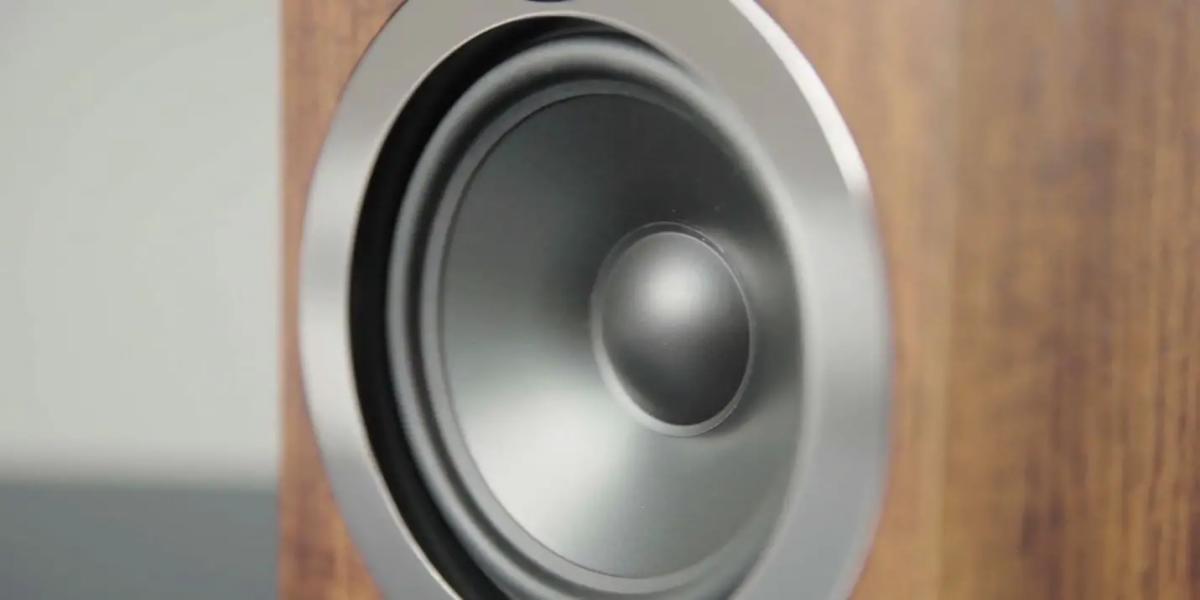
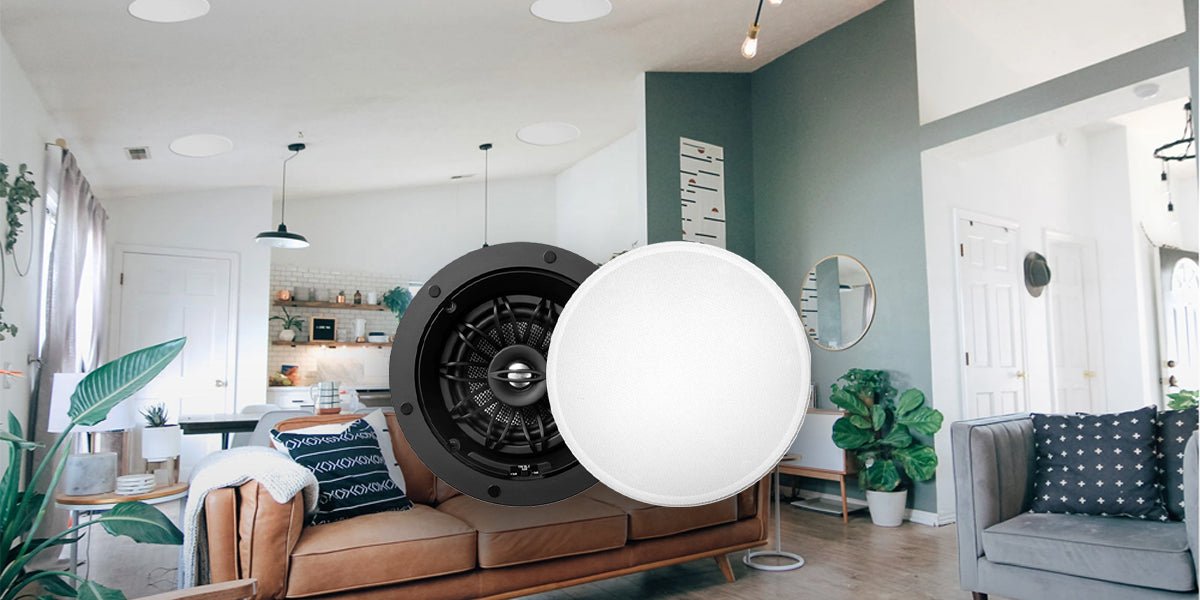
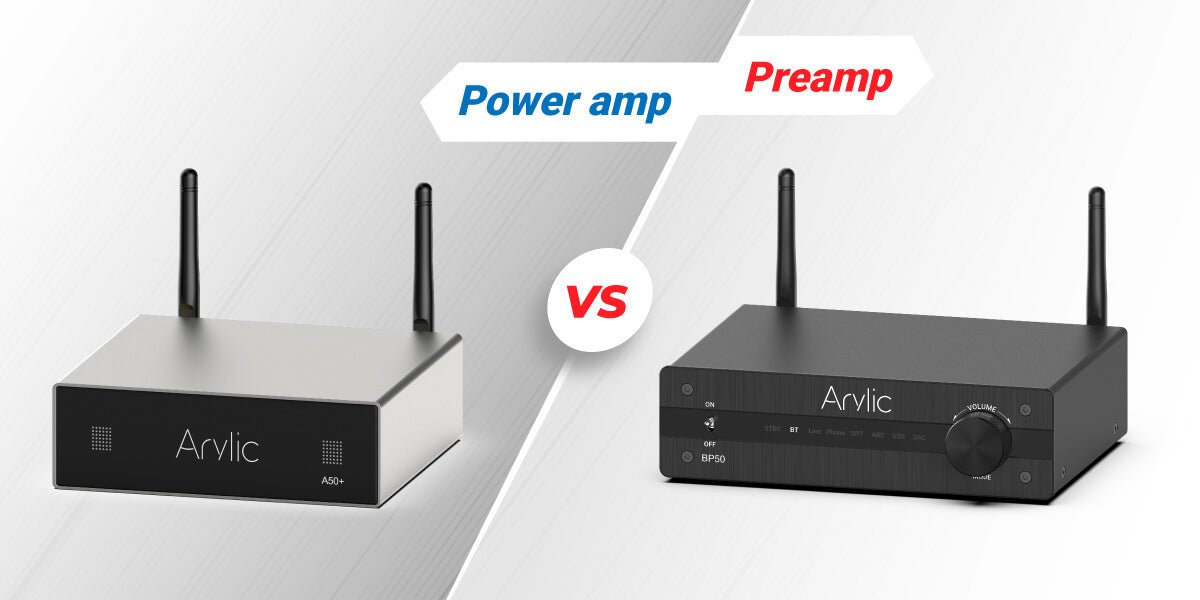
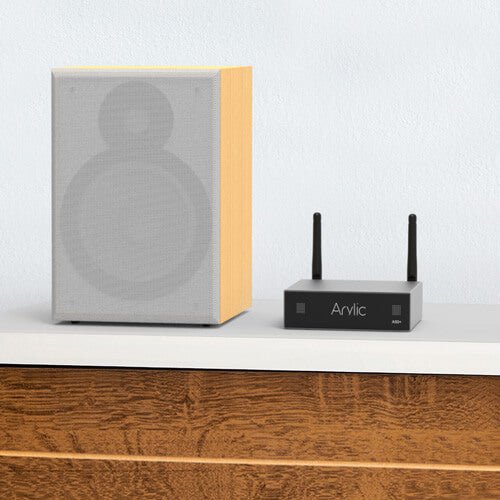
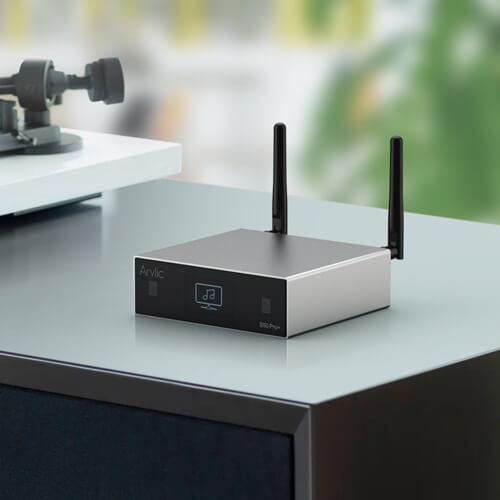
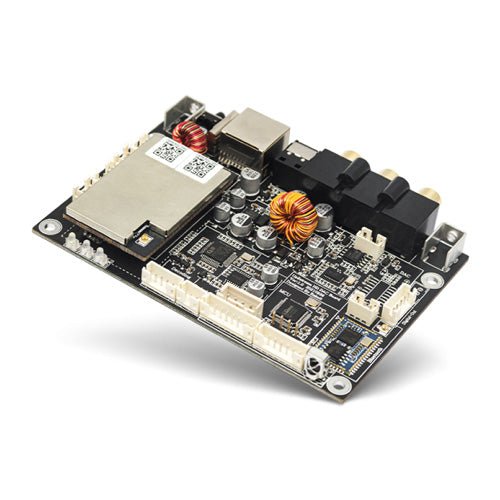
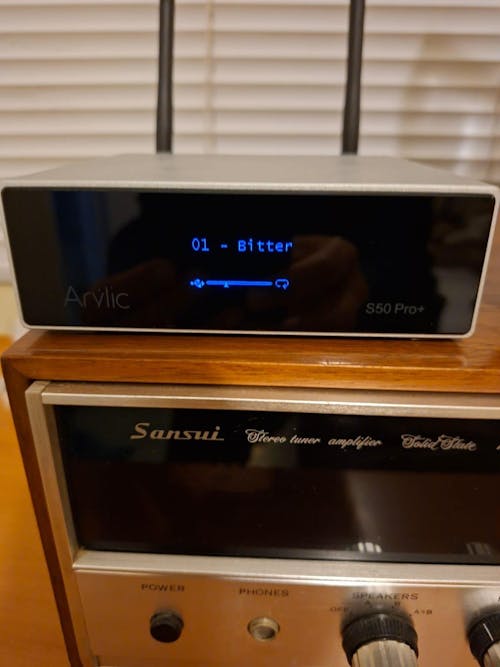
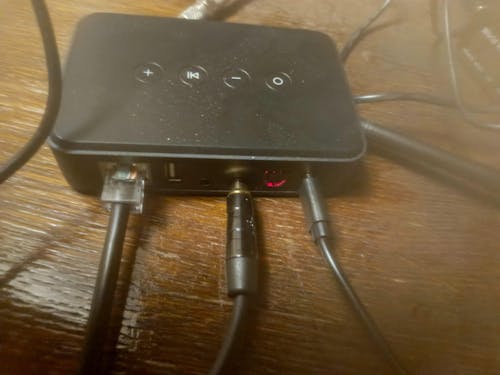
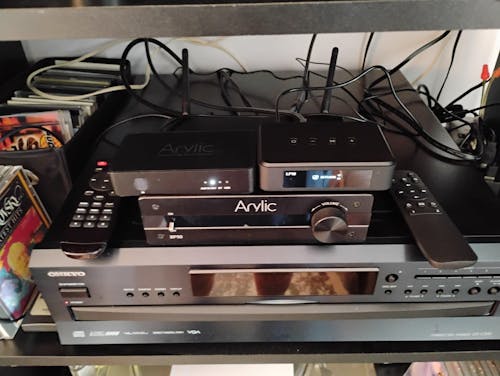
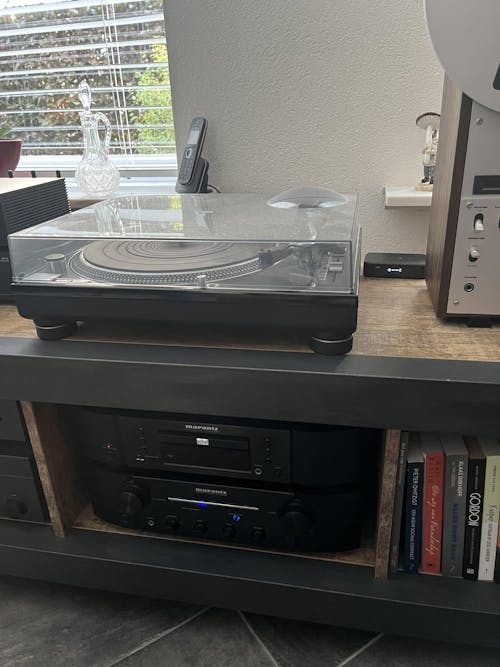
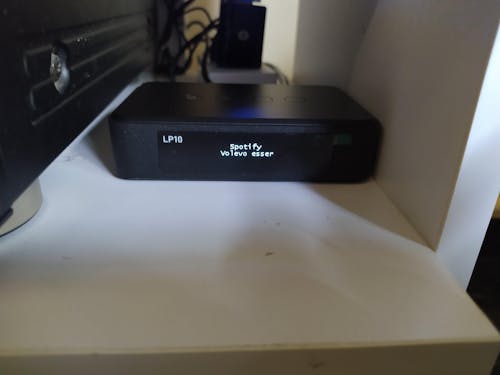
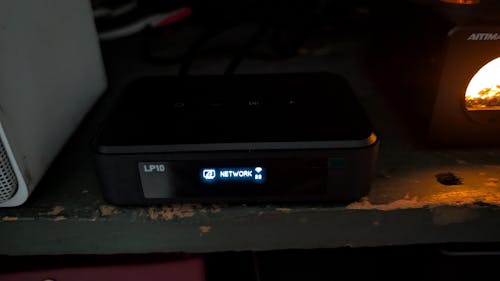
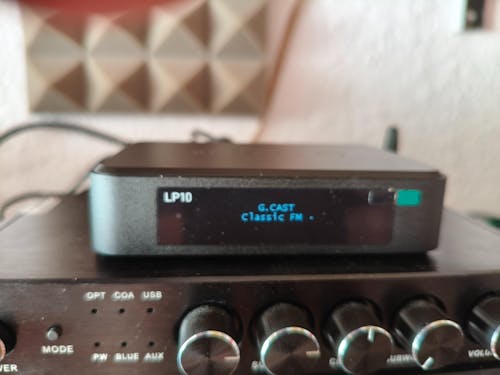


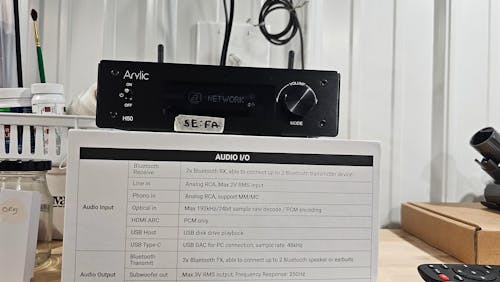
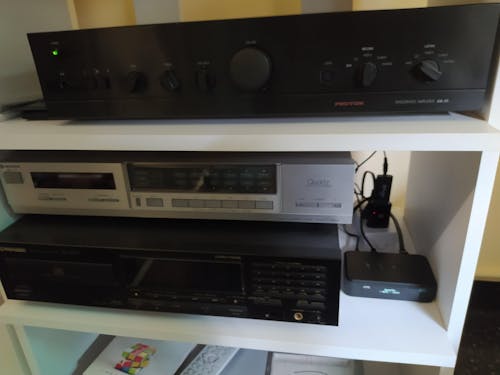
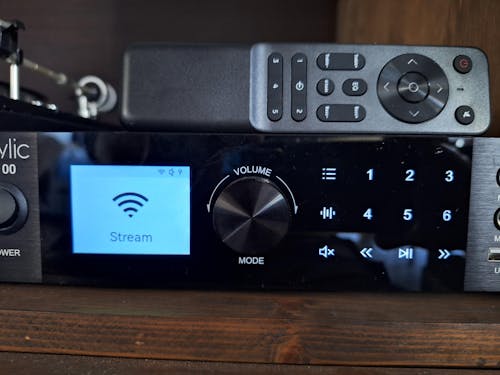
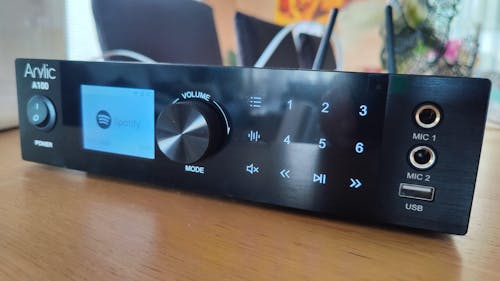

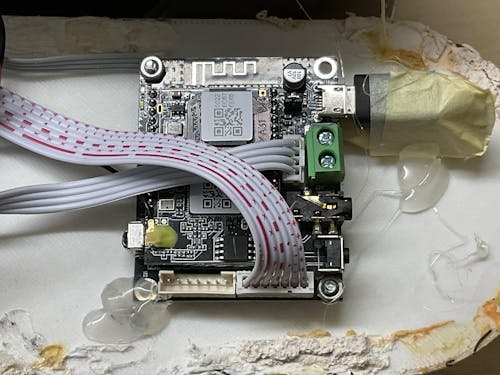
Leave a comment
All comments are moderated before being published.
This site is protected by hCaptcha and the hCaptcha Privacy Policy and Terms of Service apply.